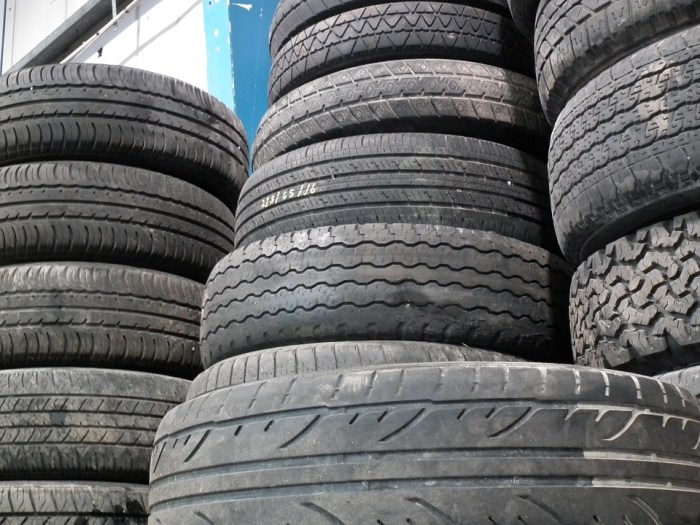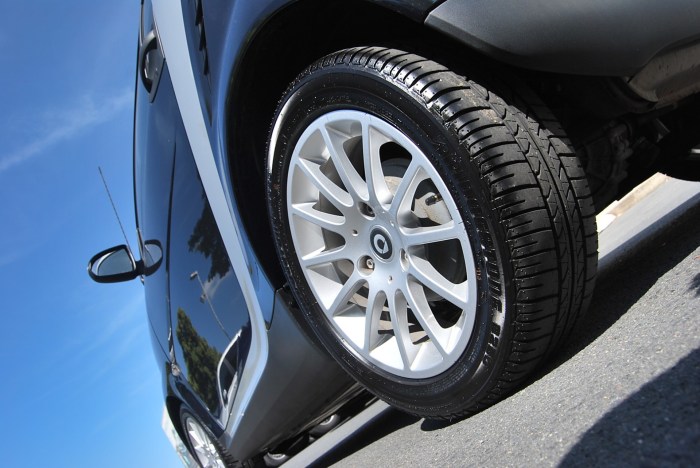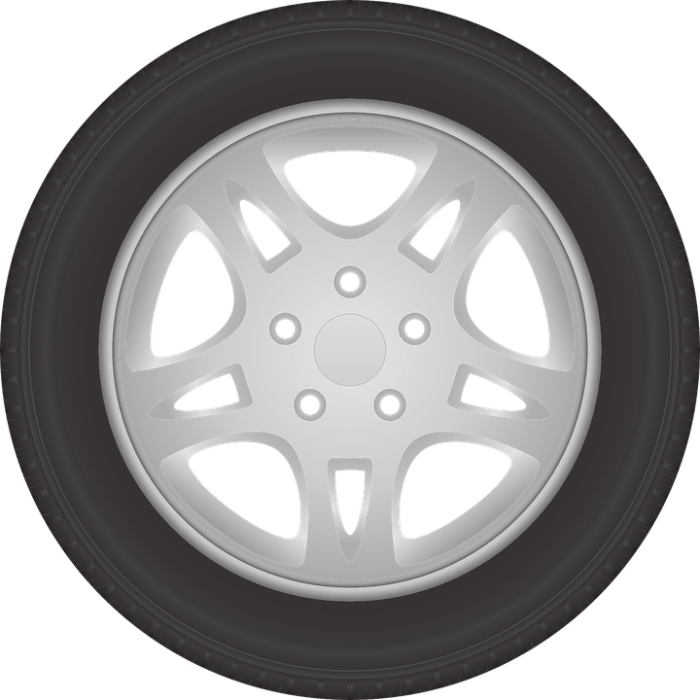Tire pressure guide is your go-to resource for understanding the crucial role that tire pressure plays in your vehicle’s performance and safety. Keeping your tires properly inflated isn’t just about extending their lifespan; it significantly impacts your car’s fuel efficiency, handling, and braking distance. With the right knowledge, you can avoid the common pitfalls of under-inflation and over-inflation, ensuring a smoother and safer ride.
This guide will walk you through everything from measuring and adjusting tire pressure to understanding the technology behind Tire Pressure Monitoring Systems (TPMS). Whether you’re gearing up for a road trip or just heading out for errands, knowing how to maintain the right tire pressure can make a world of difference.
Understanding Tire Pressure: Tire Pressure Guide

Maintaining proper tire pressure is crucial for safe driving and optimal vehicle performance. Tires that are inflated to the correct pressure provide better handling, improved fuel efficiency, and a smoother ride. An under-inflated tire can lead to increased wear and tear, while over-inflation can cause a harsh ride and diminished traction.
Under-inflated tires can suffer from excessive heat buildup, reducing their lifespan and increasing the risk of a blowout. Conversely, over-inflated tires can lead to a reduced contact patch with the road, resulting in decreased grip and increased stopping distances. Typical tire pressure ranges vary by vehicle type: passenger cars usually require 30-35 psi, SUVs may need 32-40 psi, and light trucks often require 35-45 psi.
Measuring Tire Pressure
Checking tire pressure accurately is essential for vehicle safety and performance. To measure tire pressure using a gauge:
1. Ensure the tires are cold; it’s best to check them before you start driving or after the vehicle has been parked for a few hours.
2. Remove the valve cap from the tire you want to check.
3. Press the tire pressure gauge onto the valve stem quickly, ensuring a tight seal to avoid air escaping.
4. Read the pressure displayed on the gauge.
5. Replace the valve cap securely.
It’s important to consider the weather when measuring tire pressure. In colder temperatures, tire pressure drops, while higher temperatures can increase pressure. It’s advisable to check the pressure every month and before long trips. Common mistakes include not allowing tires to cool before checking pressure or not seating the gauge properly on the valve stem, which can lead to inaccurate readings.
Adjusting Tire Pressure, Tire pressure guide
Inflating tires to the correct pressure is a straightforward process:
1. Remove the valve cap from the tire.
2. Use an air compressor to fill the tire, checking pressure periodically with a gauge until you reach the recommended psi.
3. Replace the valve cap after inflating.
If a tire is over-inflated, you can safely deflate it by pressing the metal stem inside the valve with a small tool, allowing air to escape slowly. Adjusting tire pressure can be done at home with a compressor or at gas stations equipped with air pumps.
Tire Pressure Monitoring Systems (TPMS)
TPMS is a valuable safety feature that alerts drivers when tire pressure is dangerously low. It operates through sensors that monitor the pressure in each tire and sends warnings to the dashboard. There are two types of TPMS: direct TPMS, which uses pressure sensors in each tire, and indirect TPMS, which monitors wheel speed to detect pressure changes.
Regular maintenance of TPMS is crucial for optimal performance. Drivers should ensure that the system is functioning properly and that the sensors are not damaged or obstructed.
Seasonal Tire Pressure Adjustments

Temperature changes significantly affect tire pressure; for every 10-degree Fahrenheit drop, tire pressure decreases by about 1 psi. Therefore, adjusting tire pressure seasonally is important, especially before winter and summer driving.
Before winter driving, check that the tires are at the recommended pressure and consider increasing it by 1-2 psi to account for colder temperatures. In summer, ensure the pressure is within the optimal range to maintain traction. For long road trips in varying climates, it’s wise to check tire pressure at each stop to ensure they remain within the safe limits.
Myths and Misconceptions About Tire Pressure
There are many myths surrounding tire pressure that can lead to unsafe driving conditions. One common myth is that tires only need to be checked when they look flat; in reality, tires can be under-inflated without visible signs. Additionally, a common belief is that over-inflating tires improves fuel efficiency; however, this can actually lead to reduced traction and increased risks.
Maintaining the correct tire pressure can indeed improve fuel efficiency, with studies showing that properly inflated tires can enhance mileage by 3%. It’s crucial to rely on scientific data and manufacturer recommendations for tire maintenance rather than urban legends.
Tire Pressure and Vehicle Safety
Tire pressure is directly related to vehicle safety. Improperly inflated tires can lead to a variety of safety issues, including longer braking distances and compromised handling. Statistics show that nearly 10% of road accidents are linked to tire-related issues, reinforcing the importance of regular tire pressure checks.
A properly inflated tire can reduce stopping distances significantly; for instance, at 60 mph, an under-inflated tire can increase stopping distance by as much as 20%. Ensuring correct tire pressure is a simple yet effective way to enhance overall vehicle safety.
Educational Resources and Tools
For monitoring and adjusting tire pressure, there are several recommended tools:
– Tire pressure gauges: Available in digital and analog formats, they help ensure accurate readings.
– Air compressors: Useful for inflating tires at home.
– Tire repair kits: Handy in case of punctures.
Additional resources for further education on tire maintenance and safety can include:
– The National Highway Traffic Safety Administration (NHTSA) for guidelines on tire safety.
– Vehicle owner manuals for specific tire pressure recommendations.
Here’s a comparison table of various tire pressure gauges available on the market:
| Gauge Type | Features | Price Range |
|---|---|---|
| Analog Gauge | Simple, no batteries needed | $5 – $15 |
| Digital Gauge | Easy to read, often includes backlight | $15 – $30 |
| Smart Gauge | Connects to smartphone, tracks pressure over time | $30 – $50 |
Closing Notes

In conclusion, the tire pressure guide serves as a critical tool for any driver looking to enhance their vehicle safety and performance. By debunking myths, providing practical tips for seasonal adjustments, and highlighting essential maintenance practices, we hope you feel more equipped to tackle your tire care. Remember, keeping your tires in check is not just about routine maintenance; it’s about ensuring your safety and optimizing your driving experience.